Alejandro Hernández
Advances on Affordable Hardware Platforms for Human Demonstration Acquisition in Agricultural Applications
Jun 11, 2025Abstract:This paper presents advances on the Universal Manipulation Interface (UMI), a low-cost hand-held gripper for robot Learning from Demonstration (LfD), for complex in-the-wild scenarios found in agricultural settings. The focus is on improving the acquisition of suitable samples with minimal additional setup. Firstly, idle times and user's cognitive load are reduced through the extraction of individual samples from a continuous demonstration considering task events. Secondly, reliability on the generation of task sample's trajectories is increased through the combination on-board inertial measurements and external visual marker localization usage using Extended Kalman Filtering (EKF). Results are presented for a fruit harvesting task, outperforming the default pipeline.
* 7 pages, 2 figures
Volatile memory forensics for the Robot Operating System
Dec 22, 2018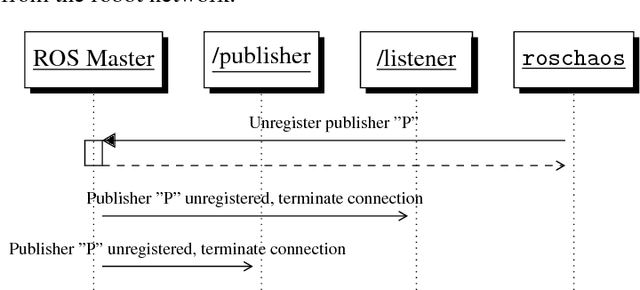
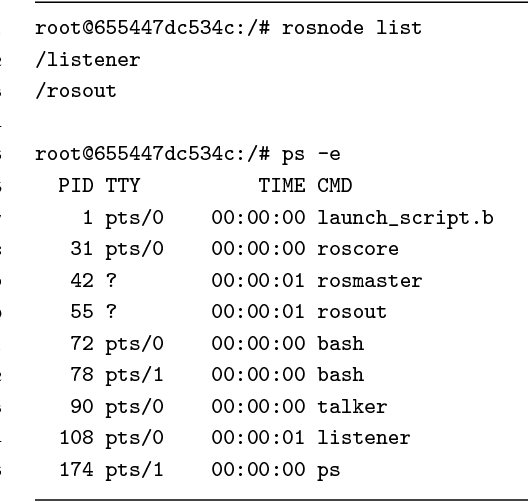
Abstract:The increasing impact of robotics on industry and on society will unavoidably lead to the involvement of robots in incidents and mishaps. In such cases, forensic analyses are key techniques to provide useful evidence on what happened, and try to prevent future incidents. This article discusses volatile memory forensics for the Robot Operating System (ROS). The authors start by providing a general overview of forensic techniques in robotics and then present a robotics-specific Volatility plugin named linux_rosnode, packaged within the ros_volatility project and aimed to extract evidence from robot's volatile memory. They demonstrate how this plugin can be used to detect a specific attack pattern on ROS, where a publisher node is unregistered externally, leading to denial of service and disruption of robotic behaviors. Step-by-step, common practices are introduced for performing forensic analysis and several techniques to capture memory are described. The authors finalize by introducing some future remarks while providing references to reproduce their work.
An information model for modular robots: the Hardware Robot Information Model
Feb 16, 2018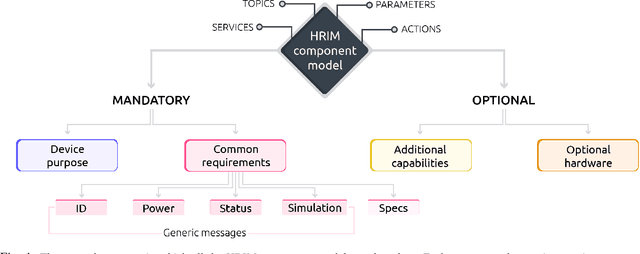
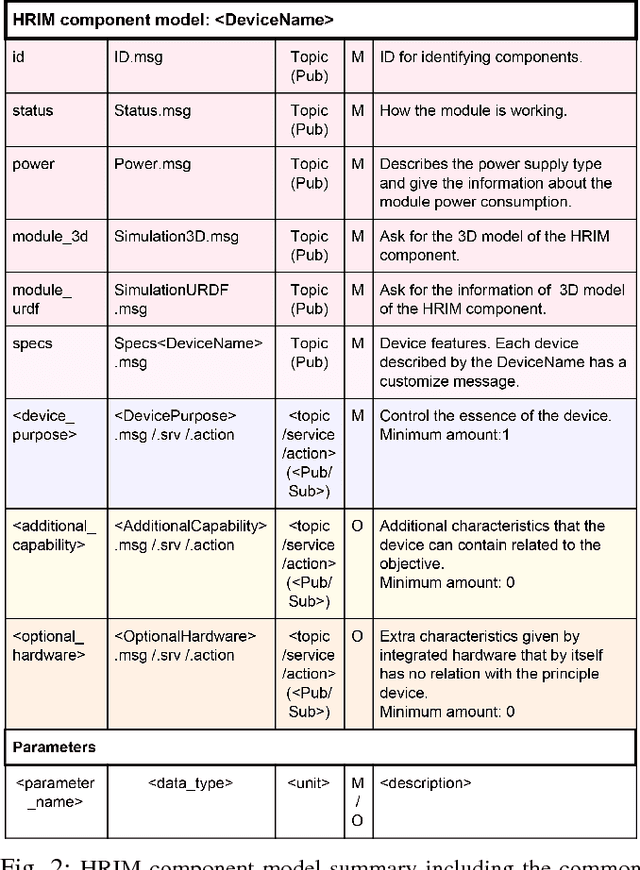
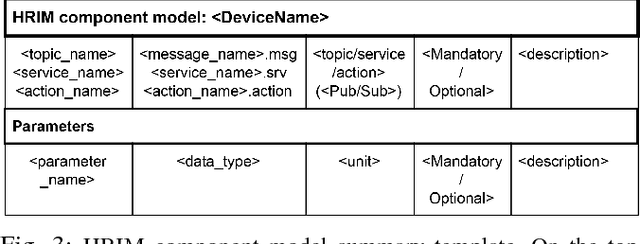
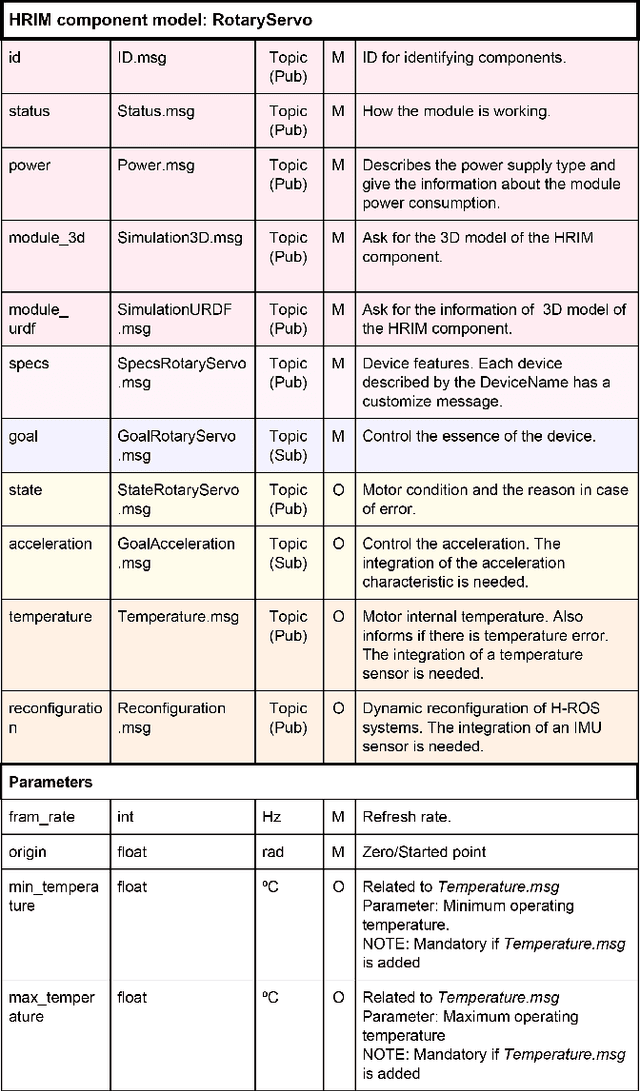
Abstract:Today's landscape of robotics is dominated by vertical integration where single vendors develop the final product leading to slow progress, expensive products and customer lock-in. Opposite to this, an horizontal integration would result in a rapid development of cost-effective mass-market products with an additional consumer empowerment. The transition of an industry from vertical integration to horizontal integration is typically catalysed by de facto industry standards that enable a simplified and seamless integration of products. However, in robotics there is currently no leading candidate for a global plug-and-play standard. This paper tackles the problem of incompatibility between robot components that hinder the reconfigurability and flexibility demanded by the robotics industry. Particularly, it presents a model to create plug-and-play robot hardware components. Rather than iteratively evolving previous ontologies, our proposed model answers the needs identified by the industry while facilitating interoperability, measurability and comparability of robotics technology. Our approach differs significantly with the ones presented before as it is hardware-oriented and establishes a clear set of actions towards the integration of this model in real environments and with real manufacturers.
Hierarchical Learning for Modular Robots
Feb 12, 2018

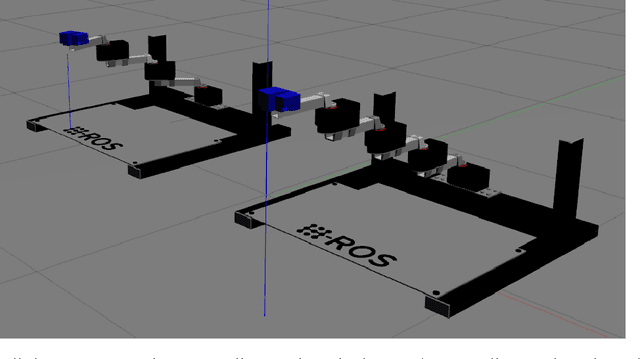
Abstract:We argue that hierarchical methods can become the key for modular robots achieving reconfigurability. We present a hierarchical approach for modular robots that allows a robot to simultaneously learn multiple tasks. Our evaluation results present an environment composed of two different modular robot configurations, namely 3 degrees-of-freedom (DoF) and 4DoF with two corresponding targets. During the training, we switch between configurations and targets aiming to evaluate the possibility of training a neural network that is able to select appropriate motor primitives and robot configuration to achieve the target. The trained neural network is then transferred and executed on a real robot with 3DoF and 4DoF configurations. We demonstrate how this technique generalizes to robots with different configurations and tasks.
Towards self-adaptable robots: from programming to training machines
Feb 12, 2018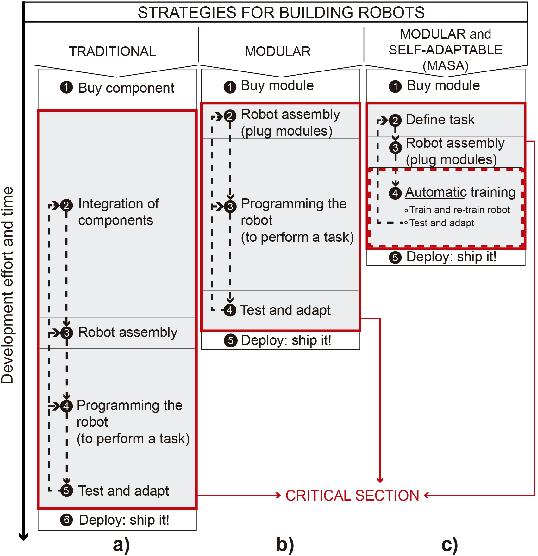


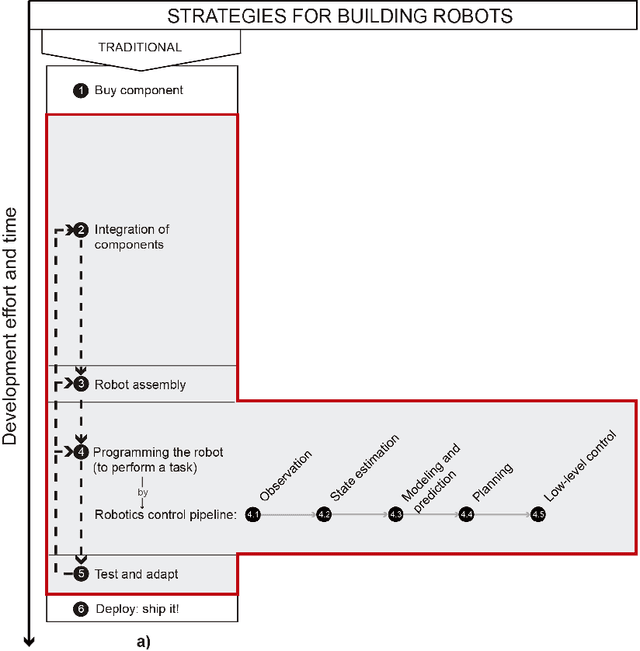
Abstract:We argue that hardware modularity plays a key role in the convergence of Robotics and Artificial Intelligence (AI). We introduce a new approach for building robots that leads to more adaptable and capable machines. We present the concept of a self-adaptable robot that makes use of hardware modularity and AI techniques to reduce the effort and time required to be built. We demonstrate in simulation and with a real robot how, rather than programming, training produces behaviors in the robot that generalize fast and produce robust outputs in the presence of noise. In particular, we advocate for mammals.
Evaluation of Deep Reinforcement Learning Methods for Modular Robots
Feb 07, 2018
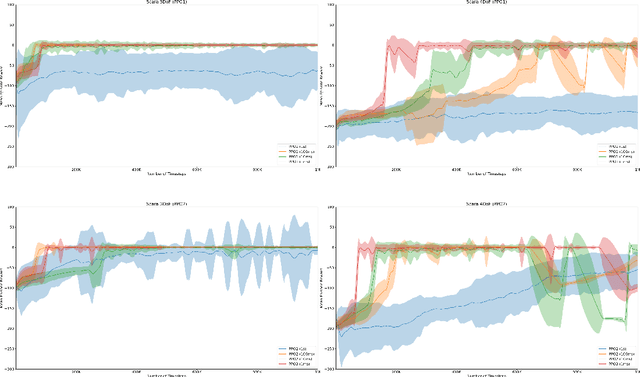
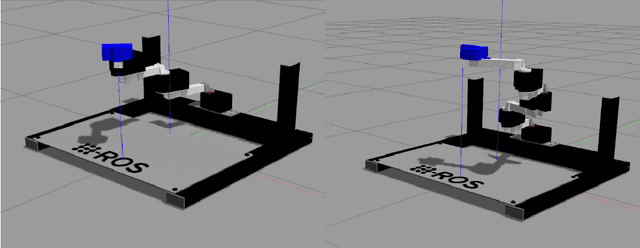
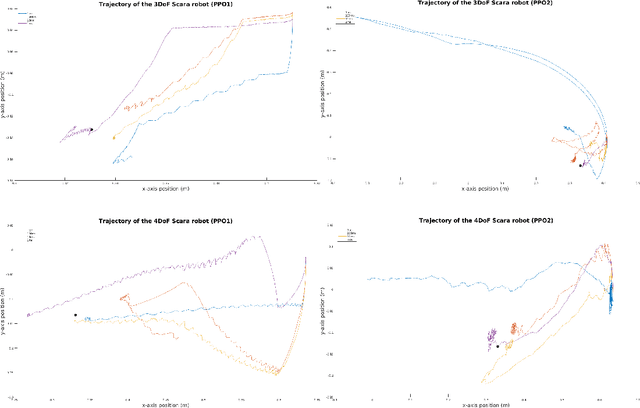
Abstract:We propose a novel framework for Deep Reinforcement Learning (DRL) in modular robotics using traditional robotic tools that extend state-of-the-art DRL implementations and provide an end-to-end approach which trains a robot directly from joint states. Moreover, we present a novel technique to transfer these DLR methods into the real robot, aiming to close the simulation-reality gap. We demonstrate the robustness of the performance of state-of-the-art DRL methods for continuous action spaces in modular robots, with an empirical study both in simulation and in the real robot where we also evaluate how accelerating the simulation time affects the robot's performance. Our results show that extending the modular robot from 3 degrees-of-freedom (DoF), to 4 DoF, does not affect the robot's learning. This paves the way towards training modular robots using DRL techniques.
Dissecting Robotics - historical overview and future perspectives
Apr 27, 2017
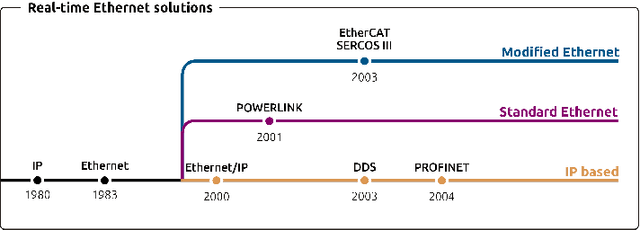

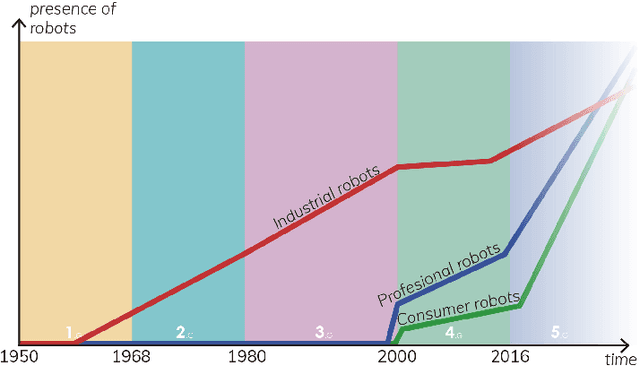
Abstract:Robotics is called to be the next technological revolution and estimations indicate that it will trigger the fourth industrial revolution. This article presents a review of some of the most relevant milestones that occurred in robotics over the last few decades and future perspectives. Despite the fact that, nowadays, robotics is an emerging field, the challenges in many technological aspects and more importantly bringing innovative solutions to the market still remain open. The need of reducing the integration time, costs and a common hardware infrastructure are discussed and further analysed in this work. We conclude with a discussion of the future perspectives of robotics as an engineering discipline and with suggestions for future research directions.
 Add to Chrome
Add to Chrome Add to Firefox
Add to Firefox Add to Edge
Add to Edge